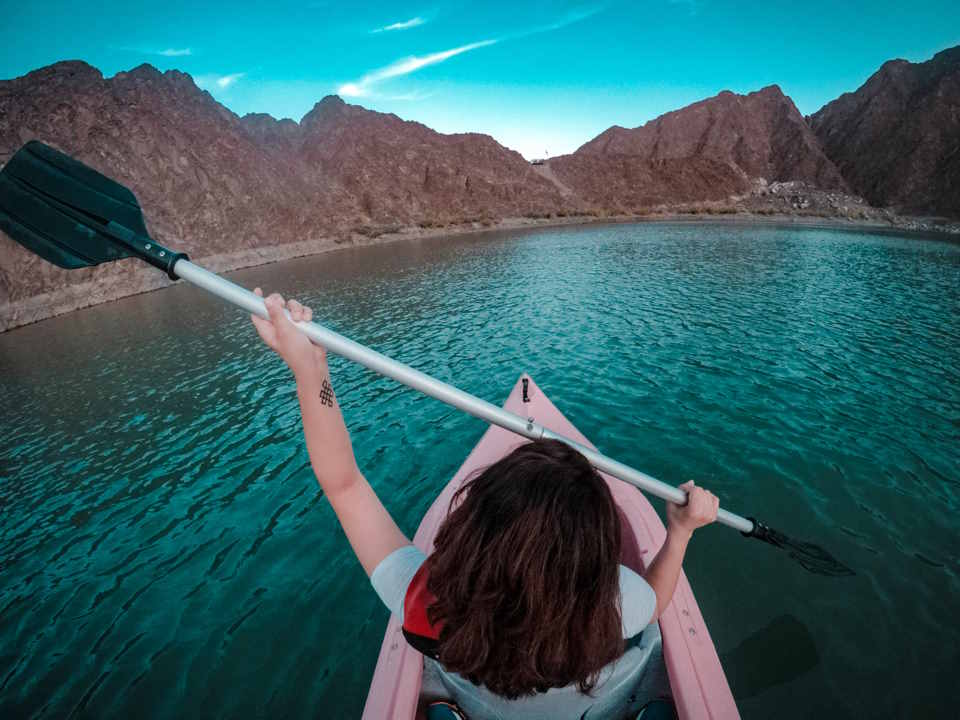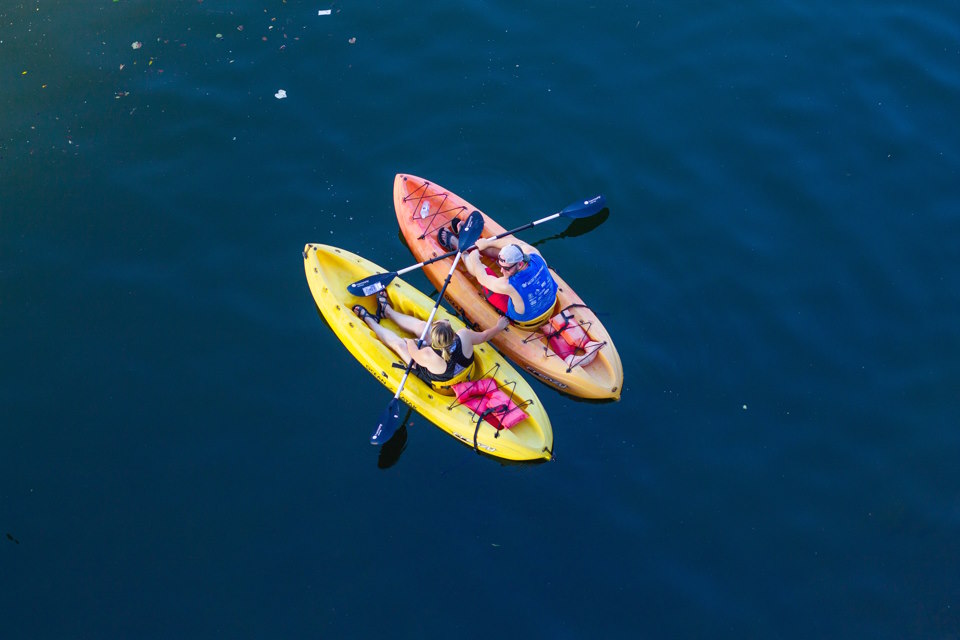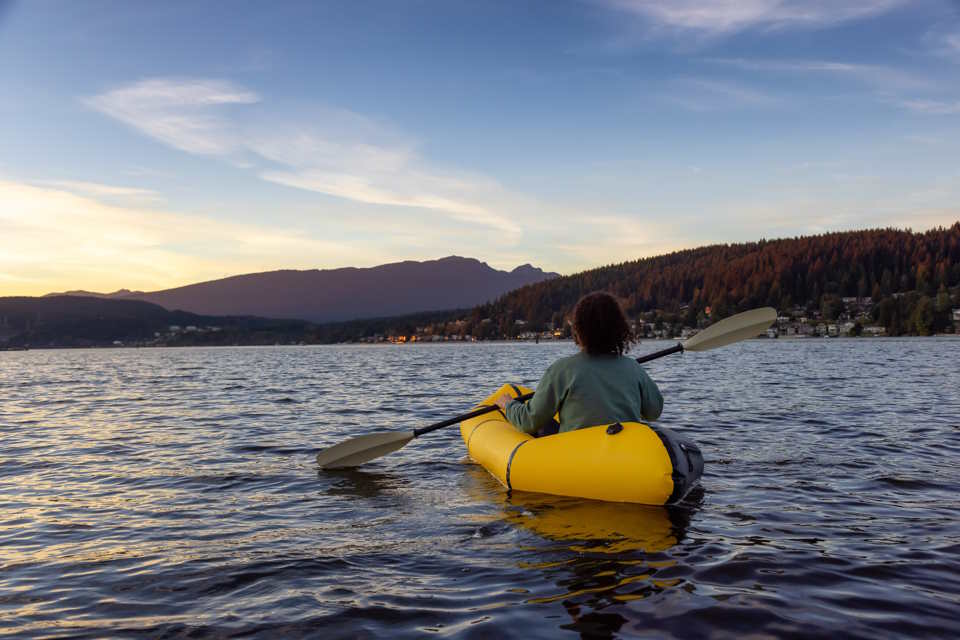Welcome to our comprehensive guide on kayak fishing! Whether you’re an avid angler looking for a new challenge or a beginner wanting to dip your toes into the exciting world of fishing, this is for you. We will cover everything from choosing the right kayak for your needs, to essential gear and equipment, techniques for casting and reeling in fish, and navigating and maneuvering in different water conditions. So, grab your paddle and let’s dive into the wonderful world of kayak fishing!
Choosing The Right Kayak For Fishing

Choosing the right kayak for fishing can be a daunting task, especially for beginners. With so many options available in the market, it’s easy to get overwhelmed and end up purchasing the wrong kayak. But fear not, fellow anglers! We will discuss the essential factors you need to consider when selecting a kayak for your fishing adventures.
First and foremost, size matters when it comes to choosing a kayak for fishing. You’ll want to look for a kayak that offers ample space and stability. A wider kayak will provide better stability, making it easier for you to fish without worrying about tipping over. Additionally, consider the length of the kayak. Longer kayaks tend to be faster and more efficient in open waters, while shorter kayaks are more maneuverable in tight spaces.
Material is another crucial aspect to consider. Most fishing kayaks are made of either plastic or fiberglass. Plastic kayaks are more affordable and durable, making them a popular choice among anglers. On the other hand, fiberglass kayaks are lighter and faster, but they also tend to be more expensive. Think about your budget and the type of water you’ll be fishing in before making a decision.
Comfort is key during long hours on the water. Look for a kayak that offers a comfortable seating arrangement and adjustable footrests. Some kayaks even have built-in padding and backrests for additional support. Don’t be afraid to test out different kayaks before making a purchase to ensure you’ll be comfortable during your fishing trips.
| Kayak Type | Pros | Cons |
|---|---|---|
| Sit-on-top | Easy to enter and exit, more storage space | Can get wet, less protection from the elements |
| Sit-inside | More protection from the elements, drier ride | Harder to enter and exit, less storage space |
Lastly, consider the kayak type that suits your fishing style and preferences. Sit-on-top kayaks are popular among anglers due to their ease of use and ample storage space. They also allow for easier casting and reeling in of fish. On the other hand, sit-inside kayaks provide more protection from the elements, which can be beneficial during cold or rainy weather. Take into account the pros and cons of each type before making your final decision.
Essential Gear And Equipment For Kayak Fishing

When it comes to kayak fishing, having the right gear and equipment can make all the difference in your experience. Whether you’re a seasoned angler or just starting out, having the essential items will ensure you’re prepared for any fishing adventure. So, let’s dive into the must-have gear for kayak fishing!
First and foremost, a reliable kayak is essential. You want a kayak that is stable, comfortable, and designed specifically for fishing. Look for kayaks with features like rod holders, ample storage space, and a comfortable seating system. Investing in a high-quality kayak will greatly enhance your fishing experience and make maneuvering on the water a breeze.
Next up on the gear list is a paddle. While it may seem obvious, having a sturdy and efficient paddle is crucial for navigating the waters while kayak fishing. Look for a paddle that is lightweight, durable, and comfortable to hold. You’ll want a paddle that allows for easy maneuverability and doesn’t cause excessive strain on your arms and shoulders. Trust me, you’ll thank yourself after a long day of paddling!
In addition to a kayak and paddle, having the right fishing gear is essential. Start with a reliable fishing rod and reel combo that is suitable for kayak fishing. Look for a rod that is lightweight, compact, and designed for casting in tight areas. Pair it with a reel that offers smooth drag and line retrieval, ensuring you have the power to reel in any catch that comes your way.
- Strong fishing line is a must-have when kayak fishing. Opt for a braided or fluorocarbon line that is strong and durable, yet provides minimal visibility underwater. This will increase your chances of successfully hooking and landing fish.
- Tackle storage is also important when kayak fishing. You’ll want a tackle box or bag that is compact, waterproof, and easily accessible. Look for storage options with multiple compartments to keep your lures, hooks, and other tackle organized and readily available.
- Safety should always be a priority when out on the water. Make sure to have a personal flotation device (PFD) or life jacket that is comfortable and properly fitted. Additionally, consider investing in a kayak anchor for added stability and to prevent drifting in windy conditions.
| Essential Gear and Equipment for Kayak Fishing | |
|---|---|
| 1. Kayak | Choose a stable and fishing-specific kayak with rod holders and ample storage space. |
| 2. Paddle | Invest in a lightweight and efficient paddle for easy maneuverability. |
| 3. Fishing Rod and Reel | Select a lightweight and compact rod and reel combo suitable for kayak fishing. |
| 4. Fishing Line | Opt for a strong and low-visibility fishing line for increased chances of catching fish. |
| 5. Tackle Storage | Keep your lures and tackle organized in a compact and waterproof storage solution. |
| 6. Safety Equipment | Ensure you have a properly fitted PFD and consider investing in a kayak anchor. |
Techniques For Casting And Reeling In Fish

When it comes to fishing, one of the most important skills to master is casting and reeling in fish. Whether you’re a novice angler or a seasoned pro, understanding the proper techniques can greatly improve your success on the water. So grab your kayak and let’s dive into some tried-and-true techniques for casting and reeling in fish!
First and foremost, let’s talk about the art of casting. Choosing the right spot to cast is crucial for a successful fishing expedition. Look for areas with structure, such as rocks, docks, or submerged logs. These are prime spots where fish like to hide and ambush their prey. Once you’ve found your spot, it’s time to prepare your kayak and gear. Make sure your fishing rod is securely fastened in the rod holder, and keep your bait or lure at the ready.
Now, here’s where the fun begins – the cast. With your rod in hand, start by positioning yourself with your shoulders square to the target area. This will provide you with the best range of motion for your cast. Take a deep breath, focus on your target, and smoothly bring your rod back, loading it with power. As you bring the rod forward, release the line with a flick of your wrist, sending your bait soaring through the air. It’s like launching a missile, only instead of destruction, you’re hoping for a fish to bite!
- Pro tip: To improve your casting distance, try to use the natural motion of your entire body, not just your arm. Engage your hips and rotate your torso as you cast, generating more power and distance.
- Pro tip: When casting, keep your eye on the target. Just like throwing a basketball into a hoop, your aim is essential for a successful cast.
Once your bait has hit the water, it’s time to start reeling in the fish. Now, different species of fish have different feeding behaviors, so it’s important to adapt your reeling technique accordingly. Some fish, like bass, may prefer a slow and steady retrieve, while others, like trout, might be enticed by a fast and erratic retrieve. Experiment with different speeds and pauses to figure out what works best for the fish you’re targeting.
| Fishing Technique | Description |
|---|---|
| Jigging | Jigging involves using vertical up-and-down motions to attract fish. It’s an effective technique for catching bottom-dwelling species like walleye or flounder. |
| Topwater Fishing | This technique involves using lures that float on the water’s surface, imitating injured or struggling prey. It can be exhilarating to see a fish explode on your lure! |
| Trolling | Trolling is a popular technique for catching large game fish. It involves dragging bait or lures behind a moving kayak to cover a larger area of water. |
Navigating And Maneuvering In Different Water Conditions

Have you ever tried kayaking before? If you have, you know that it can be quite the adventure! Navigating through different water conditions can add an extra element of excitement and challenge to your kayaking experience. We will explore some tips and techniques for successfully maneuvering your kayak in various water conditions.
First and foremost, it is crucial to familiarize yourself with the different types of water conditions you may encounter. From calm lakes to fast-moving rivers, each type of water requires a different approach. Adapting your skills to the specific water conditions will help you stay in control and make the most of your kayaking trip.
When it comes to navigating through calm waters, such as tranquil lakes or slow-moving rivers, you can enjoy a leisurely paddling experience. In these conditions, you have the opportunity to appreciate the serenity of nature and explore your surroundings at your own pace. However, it is important to maintain a steady rhythm while paddling to keep your kayak on course.
In contrast, dealing with choppy waters or strong currents can present a thrilling challenge. Maneuvering your kayak in turbulent conditions requires a combination of skill and confidence. To maximize stability, utilize a wider and more stable kayak model. As you battle against the currents, focus on maintaining a strong and steady paddling technique, using your lower body for added power and control.
| Water Condition | Techniques |
|---|---|
| Calm Waters | Enjoy a leisurely pace and maintain a steady rhythm while paddling. |
| Choppy Waters | Utilize a wider and more stable kayak model, paddle with power and control. |
| Fast-moving Rivers | Learn to read the flow and use eddies and currents to your advantage. |
Don’t let intimidating water conditions discourage you from exploring new kayaking destinations. However, it’s important to remember that safety should always be your top priority. Before embarking on your kayaking adventure, ensure you have the necessary safety gear, including a personal flotation device and a whistle.
So, the next time you plan a kayaking trip, embrace the challenge of navigating and maneuvering through different water conditions! With the right techniques and a sense of adventure, you can make the most of your kayaking experience and create unforgettable memories.




